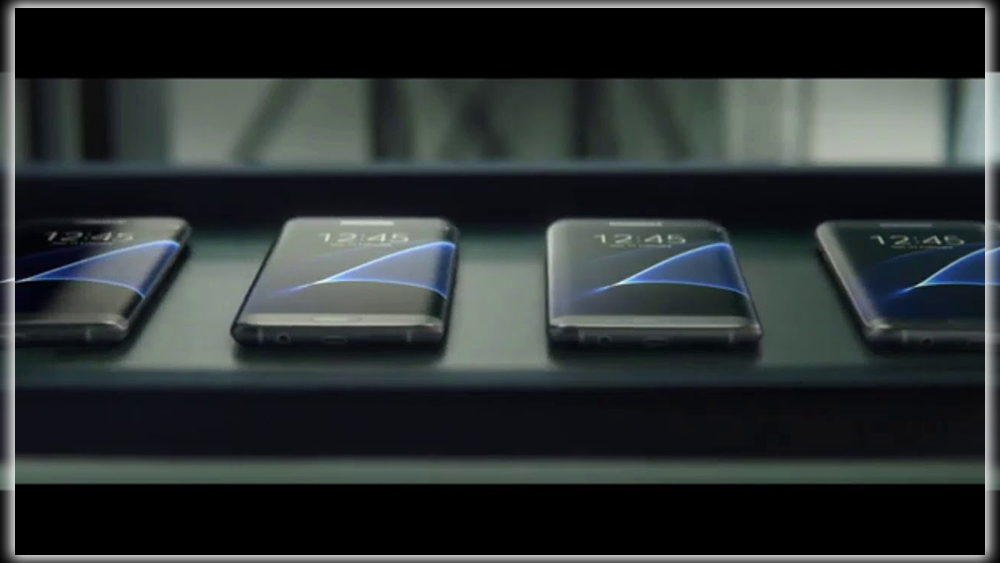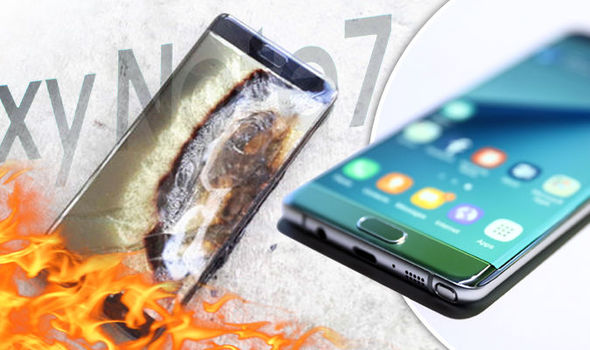Stress Test
As Samsung mobile chief Koh detailed in a press conference, two separate flaws caused the handsets to overheat, each affecting different sets of shipments. According to the company. The first batch of phones, included an issue related to deficiencies in the battery’s heat-sealed protective pouch. Which caused the positive-negative electrodes to touch and consequently short circuit. After the first recall, a second flaw in the new battery caused by welding defects, and missing insulation tape resulted in similar overheating.

The new tests are designed to ensure such flaws never arise again. It starts with a durability test that runs the batteries through several stress tests that subject them to overcharging, puncturing. And extreme temperatures. The test continues with a visual inspection and moves on to an X-ray. For each battery, check for internal abnormalities. Then, Samsung runs a large-scale charge-discharge test, followed by a Total Volatile Organic Compound Test to check for leaks. Samsung continued its testing by randomly disassembling batteries. To assess build component quality. And run them through an accelerated usage test designed to simulate two weeks of continuous use. Finally, a Delta Open Circuit Voltage test will monitor the batteries for any voltage spikes throughout the manufacturing process.
Additionally, Samsung is rolling out improved training programs for everyone involved in handling batteries. Dedicating teams to handle each core component of the device. It had also commissioned a battery advisory group of experts from the University of Cambridge, UC Berkeley, and Stanford University. Ensure the company maintains a clear objective and perspective on battery safety innovation.
Safety First
Along with the extensive battery checks, Samsung also implemented multi-layer safety measures. During the design stage on other components of its devices. Including design, materials, and software, to ensure the system doesn’t put any undue strain on the battery. For example, the company revealed. That future smartphone designs, will add more space around the battery, to accommodate a new bracket. That protects the battery against a physical force even when dropped. Improved software will offer protection against fluctuation that could impact the core temperature.
Koh said he hoped the issue would serve as an opportunity to improve Lithium-ion batteries’ safety. And he was exploring ways to share the company’s new testing with the rest of the industry. For months, Samsung had been dealing with the fallout from a spate of Note7 fires and explosions. The FAA only decided to lift the requirement for airlines to announce the ban before all flights.
To isolate the cause of the fires. Samsung built a large-scale charge and discharge test facility. To complete a detailed analysis of the battery and the entire system. It found that the battery was solely to blame for the issue. The fast-charging system, water resistance, and USB-C port were all functioning normally.
In its extensive testing, the company commissioned 700 researchers and engineers. Which tested some 200,000 fully assembled devices, and 30,000 batteries subjected to repeated charge and discharge testing. Its own research was corroborated by independent testing from University Exponent, TUV Rheinland. All of which came to the same conclusions. In his remarks, Koh reiterated that Samsung has seen some 96 percent of Note 7s returned out of about 3,000,000. Which were activated.



















